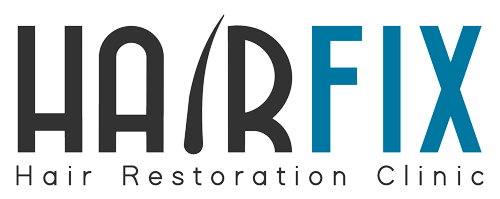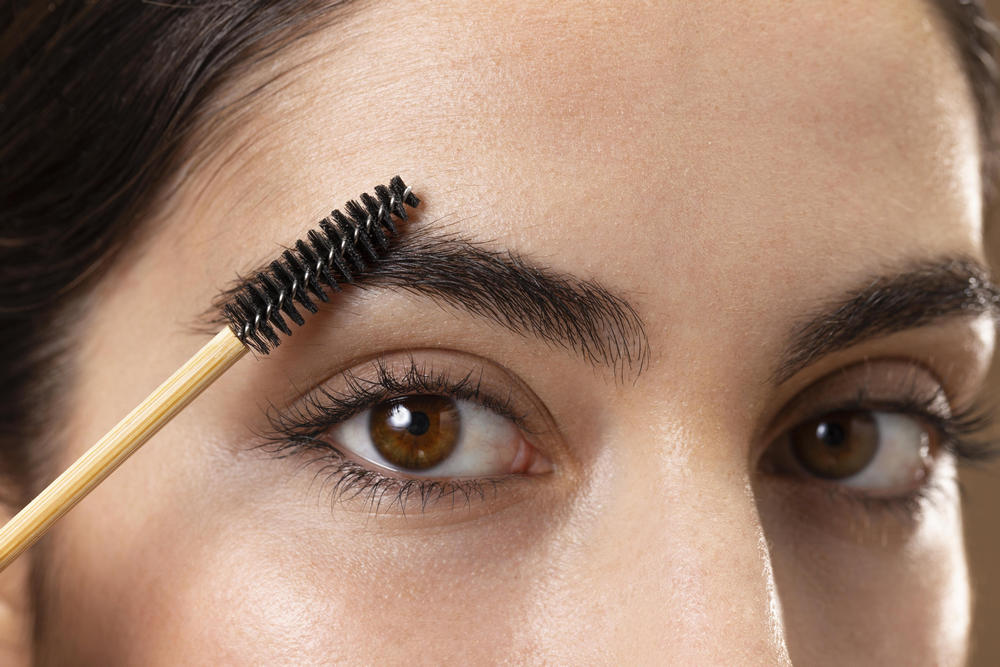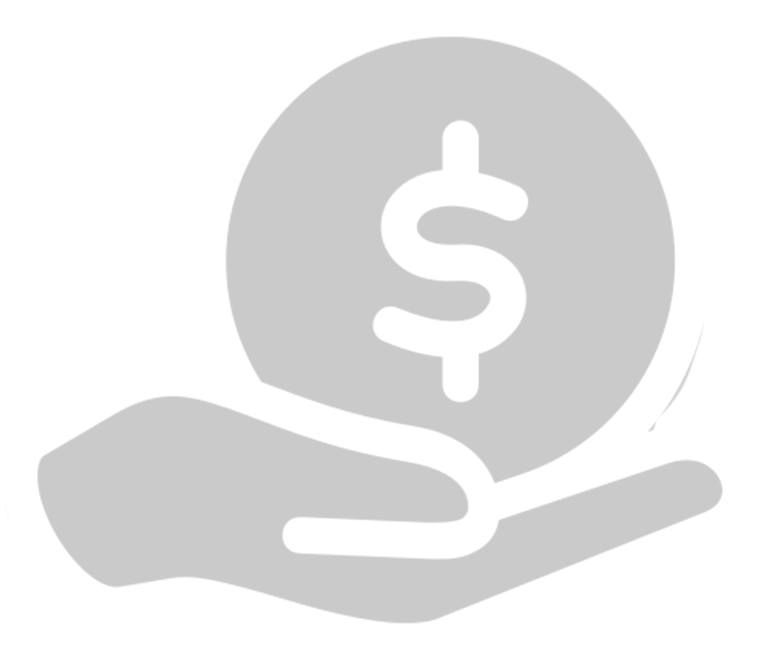Have you noticed white flakes in your eyebrows? Do you also feel itching, redness, and notice that you lose hairs every time you scratch? This condition is more common than you think: eyebrow dandruff.
Today, I’ll explain why dandruff appears in your eyebrows, how you can fight it, and how to prevent this annoying issue from coming back.
Tabla de Contenidos
What is Dandruff in Your Eyebrows?
In some cases, eyebrow dandruff can be confused with dry skin flakes or a rosacea flare-up. The main difference is that dandruff causes white flakes, redness, and itching around areas with oily skin. Other skin conditions, on the other hand, are usually accompanied by symptoms like pustules, acne, visible blood vessels, or redness that extends beyond oily zones.
What Causes Dandruff in Your Eyebrows?
Understanding the origin of eyebrow dandruff is key to finding the best treatment to combat it and prevent it from happening again.
Malassezia Globosa Fungus
The main cause of dandruff is the Malassezia Globosa fungus, a yeast that is part of the natural microbial flora on our skin. It feeds on oils, and when the fungus breaks down, it produces oleic acid as a byproduct, which can irritate both the scalp and eyebrow skin.
This irritation speeds up the skin’s natural cell turnover process, causing the skin cells to shed in large, visible clusters, which is the manifestation of dandruff.
Excessive Sebum Production
As mentioned earlier, seborrheic dermatitis affects areas where there is excess oil. This sebum provides the perfect environment for the Malassezia fungus to thrive, often causing the flakes to be greasier and yellowish rather than dry and white.
Hygiene Habits
No, dandruff isn’t caused by poor hygiene, but certain habits can trigger it. For example, if you shower at night and go to bed with wet hair, you’re creating an environment conducive to fungal growth.
Using heavy, comedogenic products like very oily makeup can also increase the lipid concentration that feeds the fungus. This can happen if you don’t properly remove your makeup at night.
Emotional Factors
You’ve probably noticed that dandruff tends to show up when you’re more stressed or depressed. This happens because stress messes with the skin’s immune and hormonal response, which exacerbates seborrheic dermatitis symptoms. Also, if you tend to scratch or touch your head or face when stressed, you’re transferring more oil to your skin, which worsens the problem.
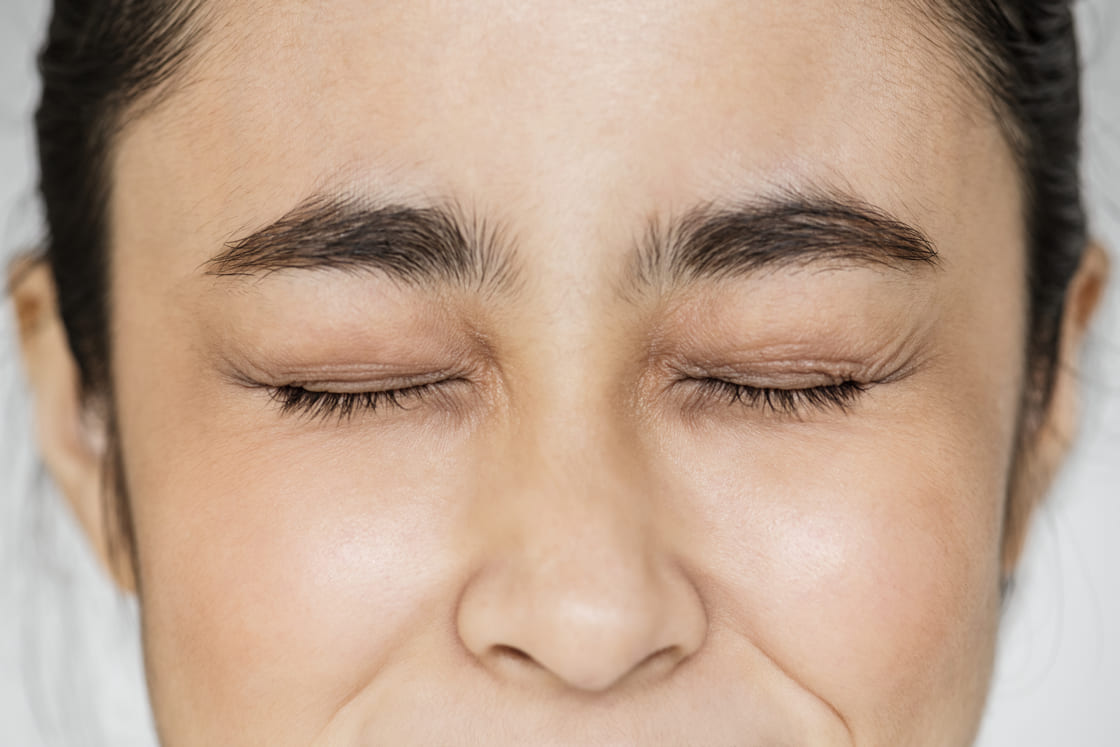
Medical Conditions
Certain health conditions, like Parkinson’s disease, or hormonal changes like adolescence or menopause, are linked to a higher incidence of dandruff due to changes in the immune system.
Symptoms of Eyebrow Dandruff
- Aside from white, dry flakes or yellowish, greasy flakes, here are other symptoms to watch out for:
- Persistent itching
- Redness
- Irritation
- Sensitivity to touch
- Oily feeling on the skinEffective Solutions for Eyebrow Dandruff
Effective Solutions for Eyebrow Dandruff
The treatment for eyebrow dandruff should focus on eradicating the fungus, preventing the itching, and avoiding future flare-ups.
Anti-Dandruff Products
Just like for your scalp, there are personal care products with active ingredients that can eliminate the fungus. For example, ketoconazole is the primary antifungal for Malassezia fungus. Selenium sulfide helps slow down the skin cell turnover process, while salicylic acid helps loosen flakes.
These active ingredients are often found in shampoos, and you can apply a small amount to the eyebrow area and rinse well to avoid irritation in your eyes.
Steroid Creams
For more severe cases, we recommend applying low-potency steroid creams or ointments to reduce inflammation. However, these products should only be used for short periods and under medical supervision, so please, don’t self-medicate!
Aloe Vera
If you’re looking for a natural treatment, aloe vera has antifungal properties that help control fungal growth and soothe the intense itching caused by dandruff. You can mix a bit of natural aloe gel or aloe vera into your shampoo or apply it directly in small amounts.
Prevention: The Best Care for Your Skin
A good skincare routine is key to preventing dandruff flare-ups in both your hair and eyebrows. The habits I recommend to my patients are:
- Shower daily with a gentle cleanser to remove excess sebum
- Always remove your makeup at night
- Opt for lightweight products: creams, makeup, serums, or lotions
- Protect your skin from the sun
- Avoid touching your face or head with dirty hands
- Practice relaxation techniques to manage stress
- See a specialist if the problem persists or doesn’t improve with over-the-counter treatments
Has Dandruff Affected Your Eyebrows? There’s a Solution for You!
If itching, flaking, or fungus has affected your eyebrows, and now you have bald patches, a condition known as scratching-induced alopecia or chronic inflammation, you should know there is a treatment to restore their density.
Before considering advanced restoration options, like an eyebrow transplant, we need to make sure the dandruff flare-ups are fully under control. The skin in the donor area must be in optimal condition: no inflammation, redness, or active infections.
Don’t despair! Dandruff is manageable, and if you dream of regaining your eyebrow density, we’re here to help. At Hairfix Hair Restoration Clinic, we can guide you through the process. Schedule your consultation with our specialists today, and let’s work together to achieve the results you’ve been longing for.
